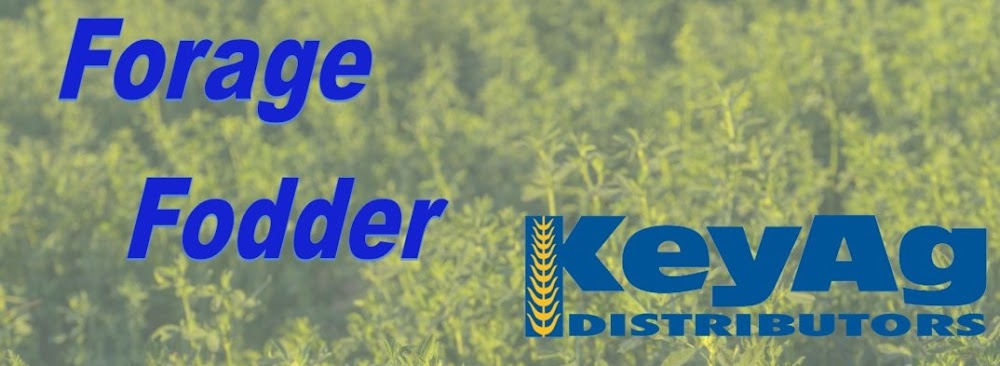Colorado—In the July 23 report, compared to last week, trade activity and demand moderate to good on feedlot and dairy hay. Trade activity moderate on good demand for stable quality hay. Northeast Colorado wrapping up on late second cutting alfalfa. Southeast Colorado hay prices firm due to extreme drought conditions. 2nd cutting underway in the San Luis Valley. Southwest Colorado trades picking up on stable quality small squares. Trade inactive in the mountains and northwest Colorado areas.
Iowa—In the July 21 report for the reporting period of July 6 to 17, compared to last report, prices on all classes of hay were mostly steady.
Kansas—In the July 28 report, hay market trade was slow and demand light to moderate, with steady prices. Demand remained mostly steady for all regions except for the southwest, where there was an increase in demand. Most all contributors received rain last week causing trouble in the hay field but hate to complain about rain in late July.
Missouri—In the July 23 report, hay prices are mostly steady. The supply of hay is moderate to heavy, and demand is light. The latest drought monitor shows about thirty-five percent of the state affected by some level of drought, an improvement of about sixteen percent after the precipitation the state received this week.
Montana—In the July 24 report, compared to the last report hay movement is moderate to good and demand is mostly good. Hay continues to sell into drought stricken Wyoming as they are currently feeding hay in many locations due to dry conditions and limited forage. Several factors are weighing on producers as they are battling grasshoppers and weevils as well as sharply lower yields compared to last year. Dry conditions are still prevalent in certain pockets of the state. Due to very light sales receipts this report will be released bi-monthly until early August when heavier receipts can be confirmed. Next report release will be Aug. 7.
Nebraska—In the July 23 report, compared to last week bulk of the hay sold steady. Ground and delivered hay sold steady except in the western side of the state it traded steady to $10 higher. Dehydrated pellets in the Platte Valley traded steady. Demand was sporadic across the state. Several contacts stated the phones were busy with buying inquiry but limited loads sold.
New Mexico—In the July 24 report, compared to last week, alfalfa hay prices were steady. Trade and demand moderate. The southern and southwestern regions are in their fourth cutting. The eastern and southeastern regions are also in their forth cutting. North central region are in their third cutting. Some producers are storing their hay due to lower offers.
Oklahoma—In the July 23 report, compared to last week, hay trade continues to be extremely slow and no trend is available. Most producers are of the mindset that higher end alfalfa will continue to move. Cow and grass hay seem to be on the back burner as of now due to recent rains and the trade are having plenty of grazing grass. Demand remains good. This report will be released bi-weekly until trade picks up. Next report will be released on Aug. 6.
South Dakota—In the July 24 report, compared to last week, alfalfa and grass hay fully steady. Demand moderate overall, best demand is currently from dairies that are in need of high testing alfalfa. The first cutting of alfalfa this year was put up very nice, suitable for dairy hay. Second cutting was very difficult to put up high quality hay. Heavy rains fell after the hay was laid down and then the southeast wind blew and brought up the high humidity. Dew points in the 70s kept the hay wet and would not allow it to cure which resulted in poor quality hay.
Texas—In the July 24 report, compared to the last report, hay trades are steady to firm across all of the regions, with the exception of the Panhandle where hay is being priced $10 to 20 higher per ton. Buyers have been hesitant to begin purchasing hay at the higher prices, but some trades are still being made on an as needed basis. Hay production is still going strong in most regions, but precipitation is needed in all regions. This report will be released bi-weekly until trade picks up. Next report will be released on Aug. 7.
Wyoming—In the July 23 report, compared to last week hay sales sold fully steady. Demand was good with several loads of hay getting shipped out of state. Quite a lot of loads staying in the local trade market due to the dry conditions. Some reports of irrigated alfalfa producing 3.5 tons per acre.
 |
| #completeforageprogram |

No comments:
Post a Comment